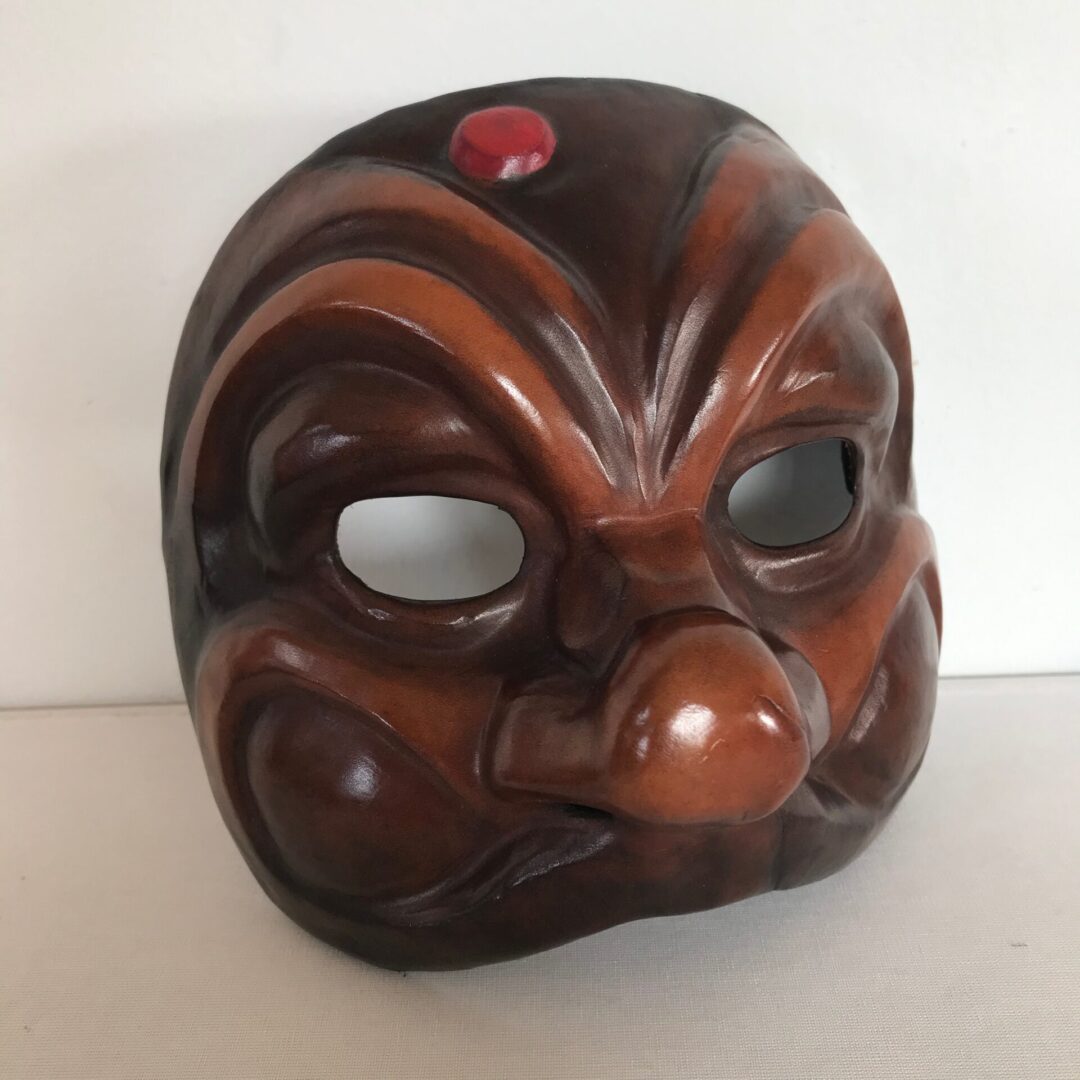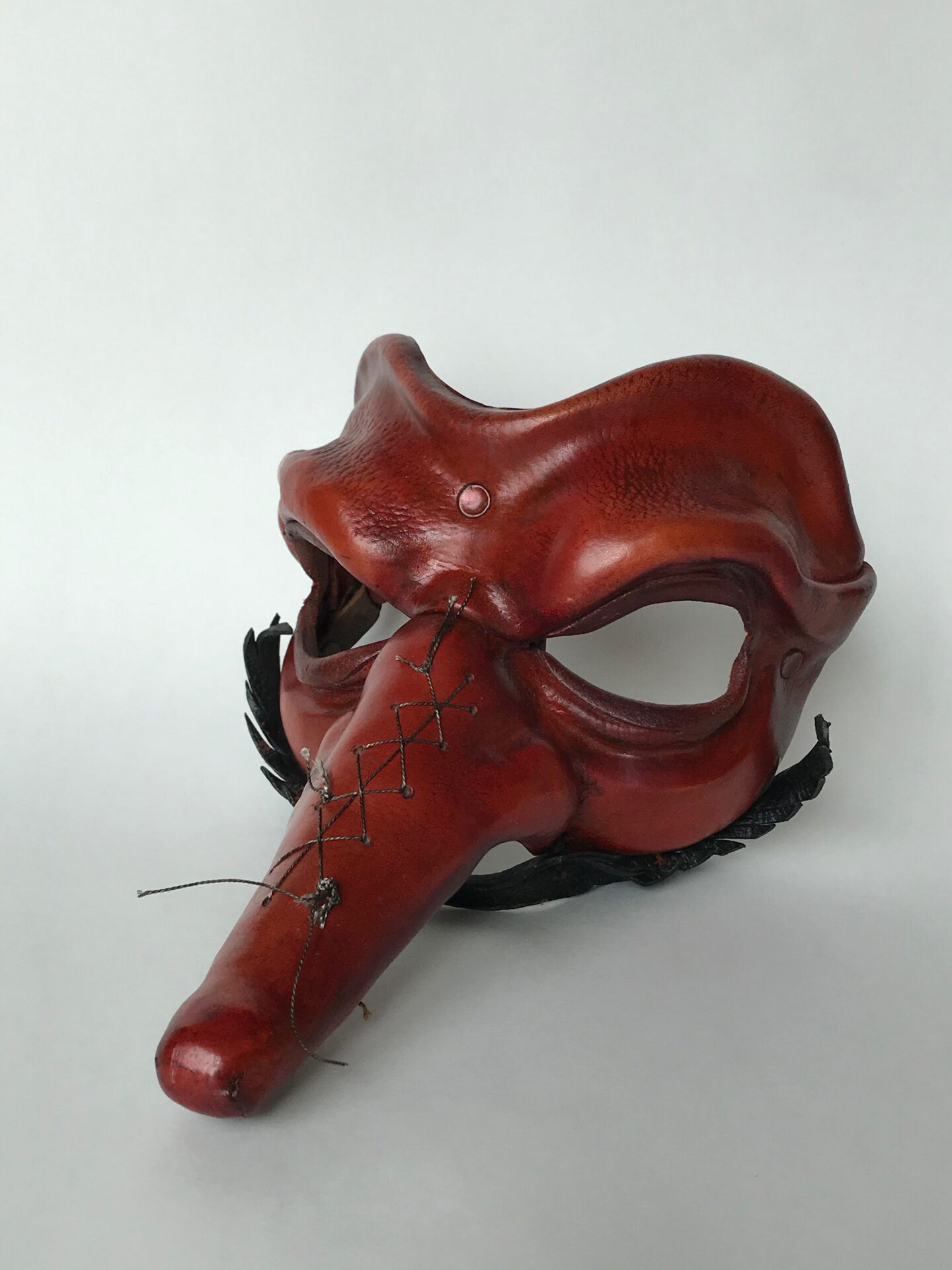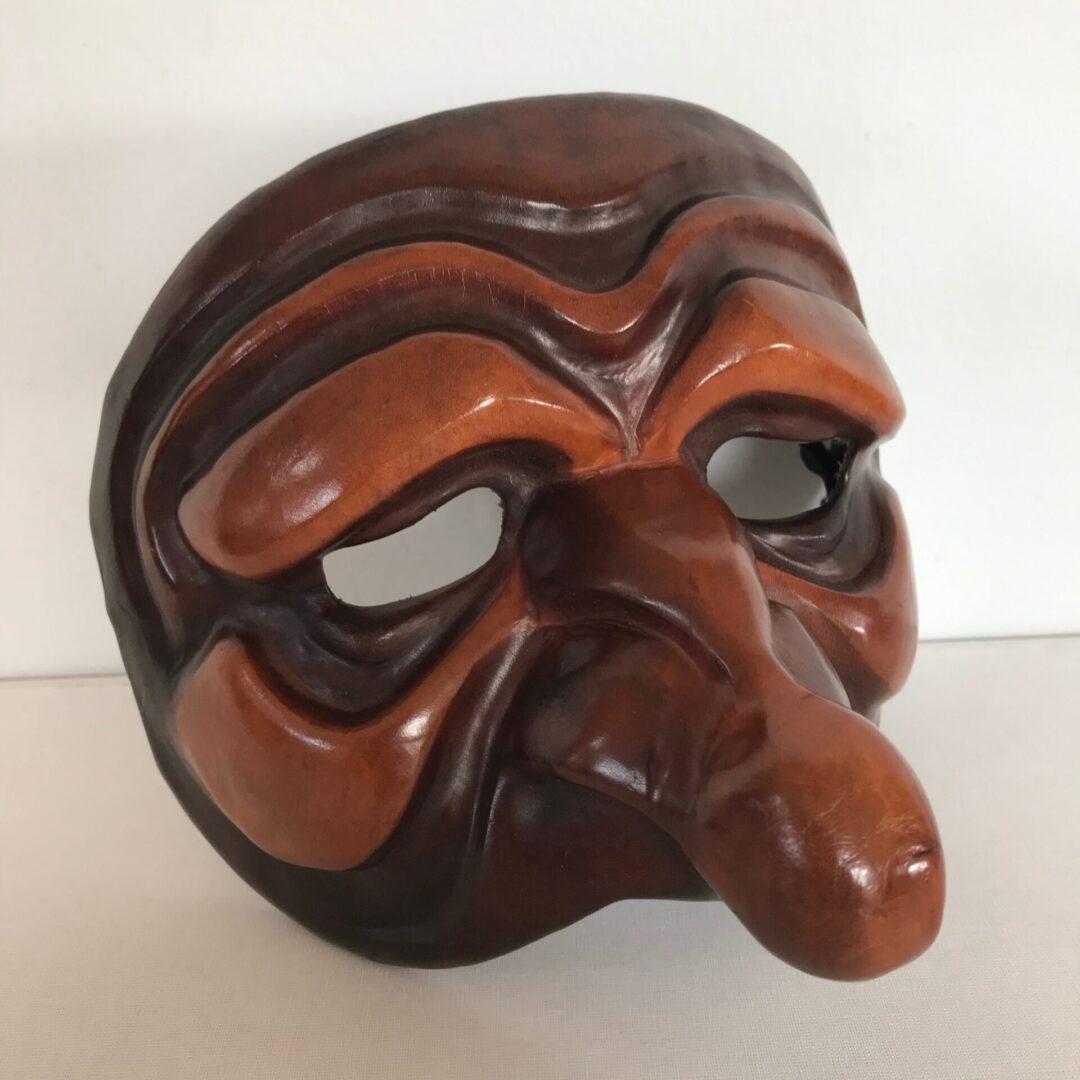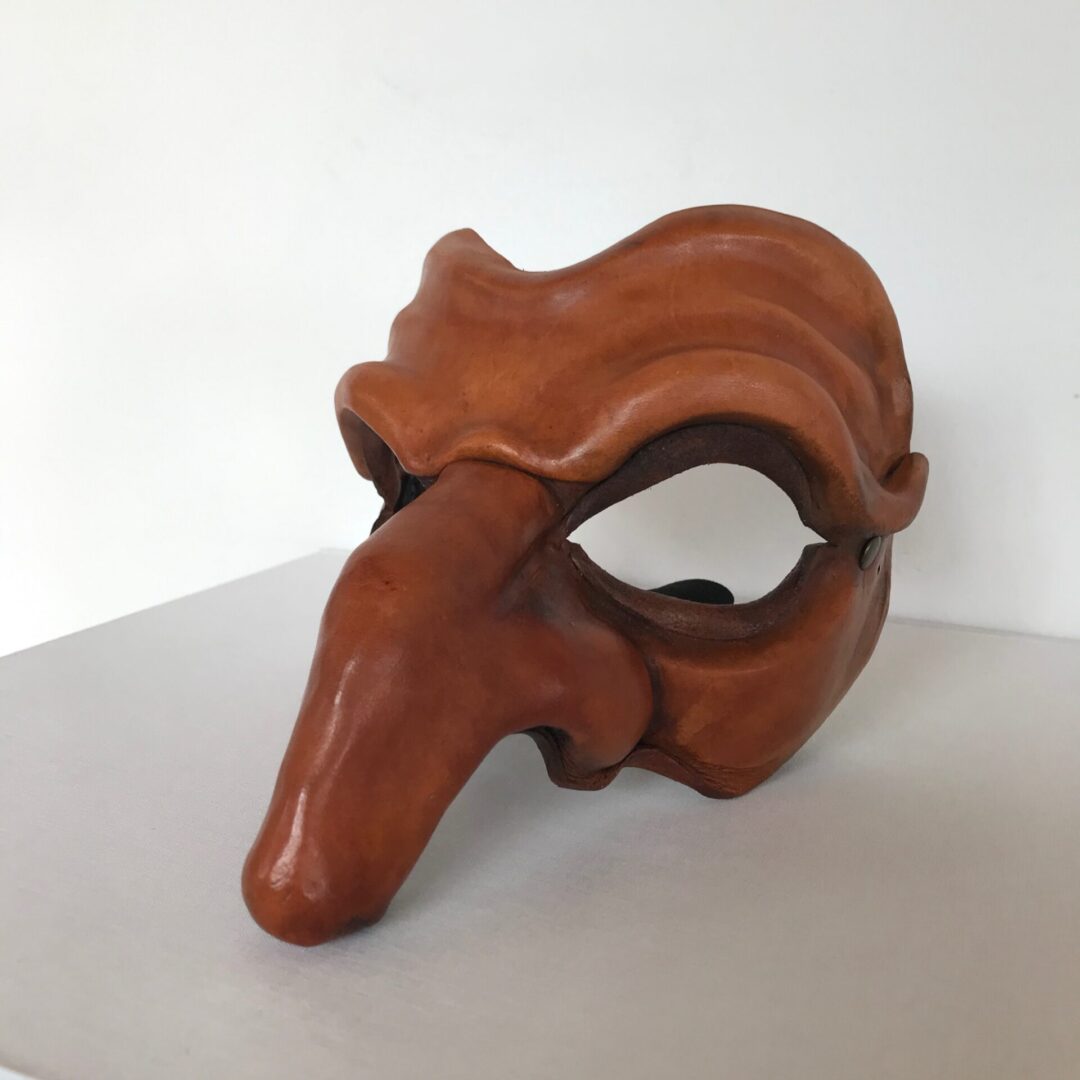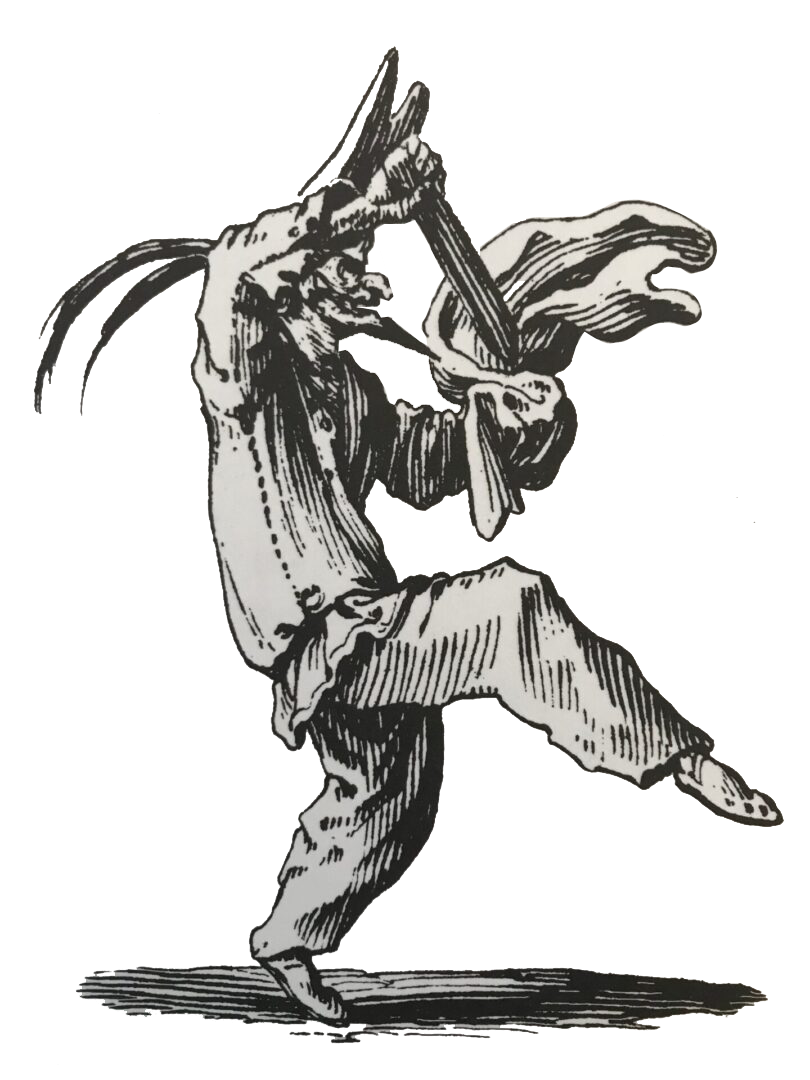
Widen Your Knowledge About Italy’s Unique Theatre Form
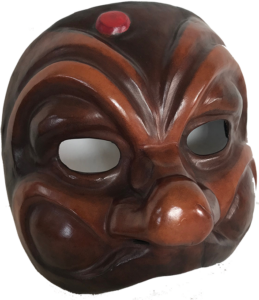
Commedia Trivia
The term "slapstick comedy" comes from the use of slapsticks by the Zanni (especially the 2nd Zanni--the lower status servants). What looks like a stick or baton carried by Arlecchino is actually a piece of wood with the center area hollowed out from one end with the other end wrapped in leather. When hitting someone or something it made a slapping sound to exaggerate the severity of the action; it was used in many lazzi moments of physical comedy and became associated with physical antics.
“Asides”, first used in Commedia, are the actions of characters coming forward to speak directly to the audience, to explain talking points, to reveal true emotions, or to set up comic actions. They then would immediately retreat back into the scene as if nothing happened. An “aside” was readily adapted into Restoration Comedies and later used in comic scenes in plays and television.
Mezzetino wearing stripes? He was a more sinister character. Medieval documents indicate that striped clothing was negative and relegated to those on the margins or outside the social order, including jugglers, slaves, servants, and clowns, and even became associated with the devil.
Arlecchino's (Harlequin's) colorful patchwork costume? The early character was a servant from lower Bergamo, who sewed varicolored patches on his jacket and breeches. Later in the 17th c., these became the famous blue, green, and red triangles or diamond-shaped material for the actor's costume. His soft hat was usually adorned with a rabbit, hare, or foxtail, or tuft of feathers--a tradition from antiquity for anyone who was the butt of ridicule.
Niccolo Macchiavelli's comedy "La Mandragola" (1520) was partially improvised and provided a comedic precursor to later Commedia dell'Arte scenarii. However, through this play, he ridiculed priests, not something Commedia actors dared do.
